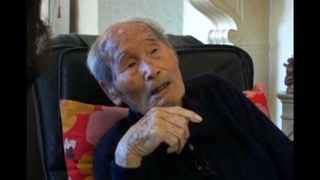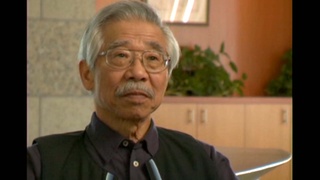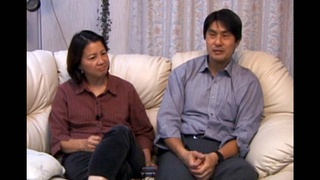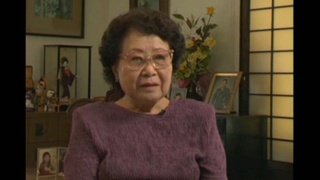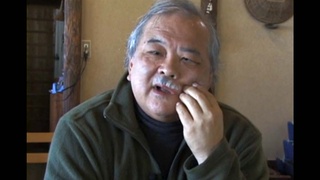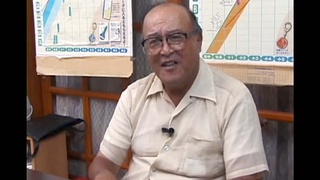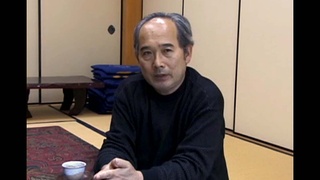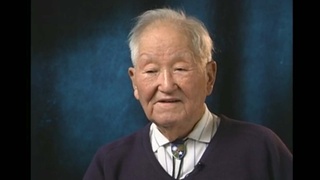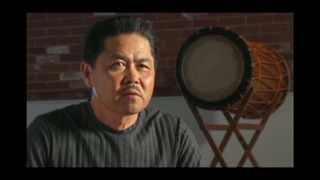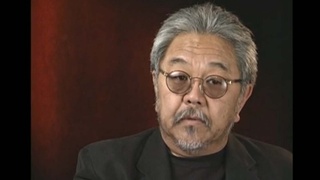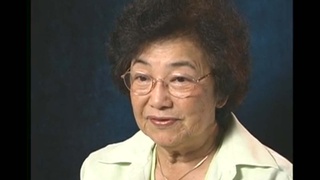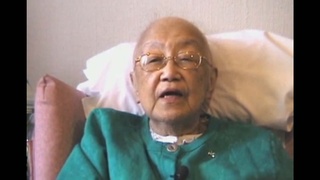Moving to Brazil wanting to see the world (Japanese)
(Japanese) The reason I left Japan-well, my father was a vinegar maker. One day he told me to deliver the vinegar to a customer, and that was the first time I left my hometown. I went somewhere completely different, and being in a new place made everything seem so beautiful. I thought, "Wow, such a wonderful place exists out here." From then on, I started to love traveling more than going to school. That was the beginning for me. In the very beginning there really wasn't much migration. It was only to North America. But then in North America, the English. the Americans began bullying the Japanese. And they couldn't really bully the adults, so they started picking on the children. This was written on a magazine once, and I had that magazine, but I lent it to someone or something. Anyway, the Japanese government stopped it [migration to North America]. Then [migration to] Brazil began. When the migration to Brazil started, only people who had family could come to Brazil. You couldn't come [to Brazil] unless you came with your family. But I was by myself, so that wasn't an option. My next-door neighbors were able to come to Brazil as a family. So I. so my father wanted me to go with them [as part of their family] since I had already gotten my passport. My father helped me out [monetarily], too, because I didn't have enough traveling money, because you've got to pay your traveling fees first. So for the first time in his life, he bought some cloth, and made some clothes. That's kind of the way I got to Brazil (laughs).
Date:
Location: Brazil
Contributed by: Caminho da memória - 遥かなるみちのり. São Paulo, Brazil: Comissão de Elaboração da História dos 80 Anos de Imigração Japonesa no Brasil, 1998. VHS.

